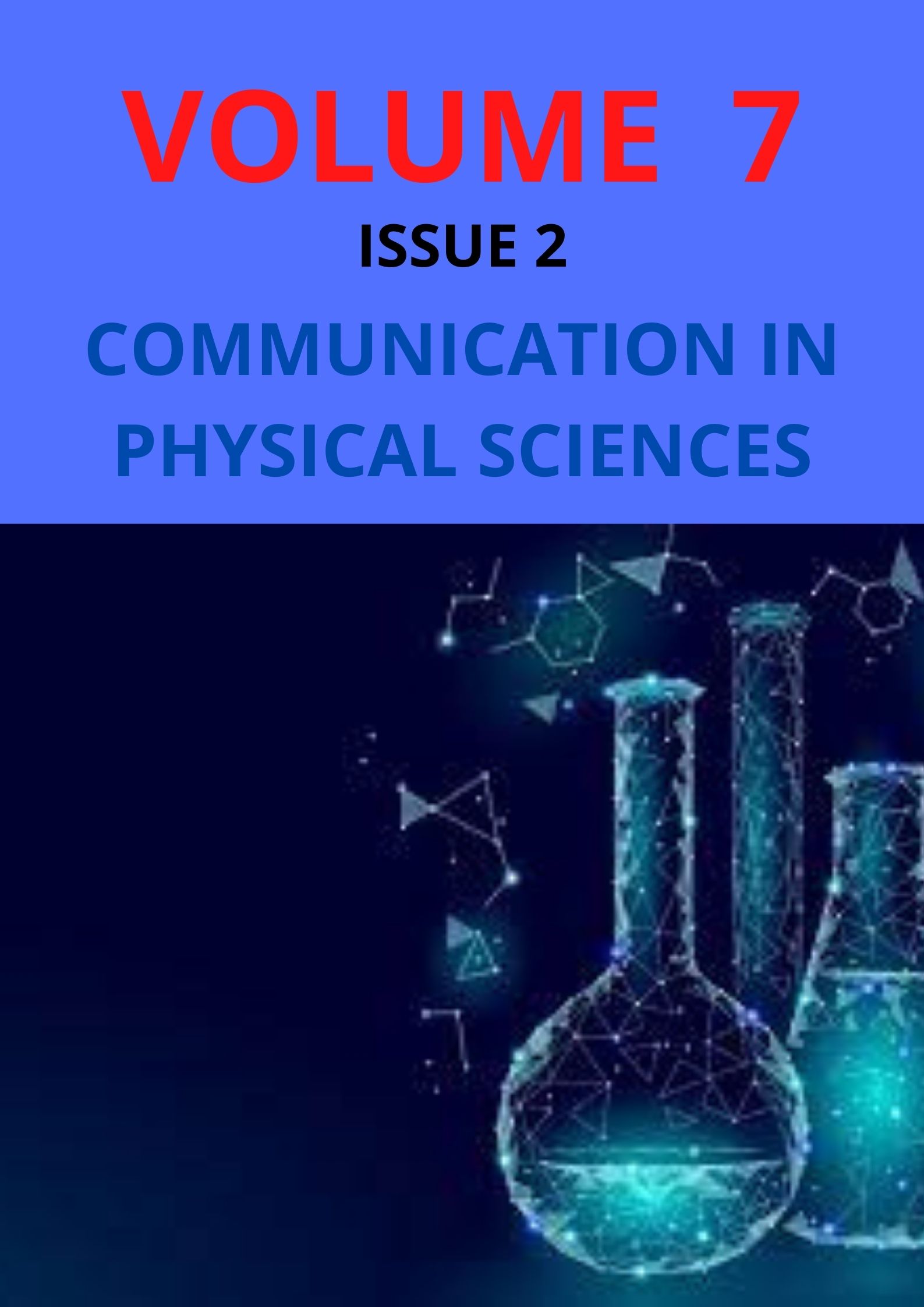An Economic Production Quantity model with shortages, a variable lead time and a variable holding cost
Keywords:
Inventory model, variable lead time, variable holding cost, shortage cost, OptimizationAbstract
Nwakobi, Micheal Nnamdi
An economic production quantity model with shortages, a variable lead time and a variable holding cost represents a common real-life observation. It provides quantitative insight into a serious practical problem where costs are amplified due to production delay. Previous models incorporating variable lead time assume that the holding cost is constant for the entire inventory cycle. A mathematical model has been developed for determining the optimal production quantity and the optimal cycle time. The holding cost is considered as an increasing function of the ordering cycle length. Differential calculus is used for finding the optimal solution. A numerical example is used to validate the proposed model.
Downloads
Published
Issue
Section
Similar Articles
- Forward Nsama, Strategic Development of AI-Driven Supply Chain Resilience Frameworks for Critical U.S. Sectors , Communication In Physical Sciences: Vol. 12 No. 5 (2025): Vol 12 ISSUE 5
- Samira Sanni, A Review on machine learning and Artificial Intelligence in procurement: building resilient supply chains for climate and economic priorities , Communication In Physical Sciences: Vol. 11 No. 4 (2024): VOLUME 11 ISSUE 4
- Edikan E. Akpanibah, Optimization of investment strategies for a Defined Contribution (DC) plan member with Couple Risky Assets, Tax and Proportional Administrative Fee , Communication In Physical Sciences: Vol. 7 No. 1 (2021): VOLUME 7 ISSUE 1
- Ase M. Esabai, Edikan E. Akpanibah, Sylvanus K. Samaila, On Investment Model for a CARA Pension Scheme Member with Return of Contributions Clause for Mortgage Housing Scheme , Communication In Physical Sciences: Vol. 11 No. 3 (2024): VOLUME 11 ISSUE 3
- 1. Anthony I. G. Ekedegwa, Evans Ashiegwuike, Enhanced Firefly Algorithm Inspired by Cell Communication Mechanism and Genetic Algorithm for Short-Term Electricity Load Forecasting , Communication In Physical Sciences: Vol. 12 No. 3 (2025): VOLUME 12 ISSUE 3
- Olumide Oni, Kenechukwu Francis Iloeje, Optimized Fast R-CNN for Automated Parking Space Detection: Evaluating Efficiency with MiniFasterRCNN , Communication In Physical Sciences: Vol. 12 No. 2 (2025): VOLUME 12 ISSUE 2
- Yisa Adeniyi Abolade, Bridging Mathematical Foundations and Intelligent Systems: A Statistical and Machine Learning Approach , Communication In Physical Sciences: Vol. 9 No. 4 (2023): VOLUME 9 ISSUE 4
- Kelvin Ndubuisi Njoku, Maximizing an Investment Portfolio for a DC Pension with a Return Clause and Proportional Administrative Charges under Weilbull Force Function , Communication In Physical Sciences: Vol. 10 No. 1 (2023): VOLUME 10 ISSUE 1
- Uzoma Ifeanyi Oduah, Paul Chinagorom Nwosu, Emmanuel Ayomide Agbojule , Chisom Gabriel Chukwuka , Daniel Oluwole, Ifedayo Okungbowa, Automation of electric power source changeover switches deploying artificial intelligence. , Communication In Physical Sciences: Vol. 12 No. 7 (2025): Volume 12 issue 7
- Kevin Ndubuisi Njoku, Maximizing an Investment Portfolio for a DC Pension with a Return Clause and Proportional Administrative Charges under Weilbull Force Function , Communication In Physical Sciences: Vol. 10 No. 1 (2023): VOLUME 10 ISSUE 1
You may also start an advanced similarity search for this article.




